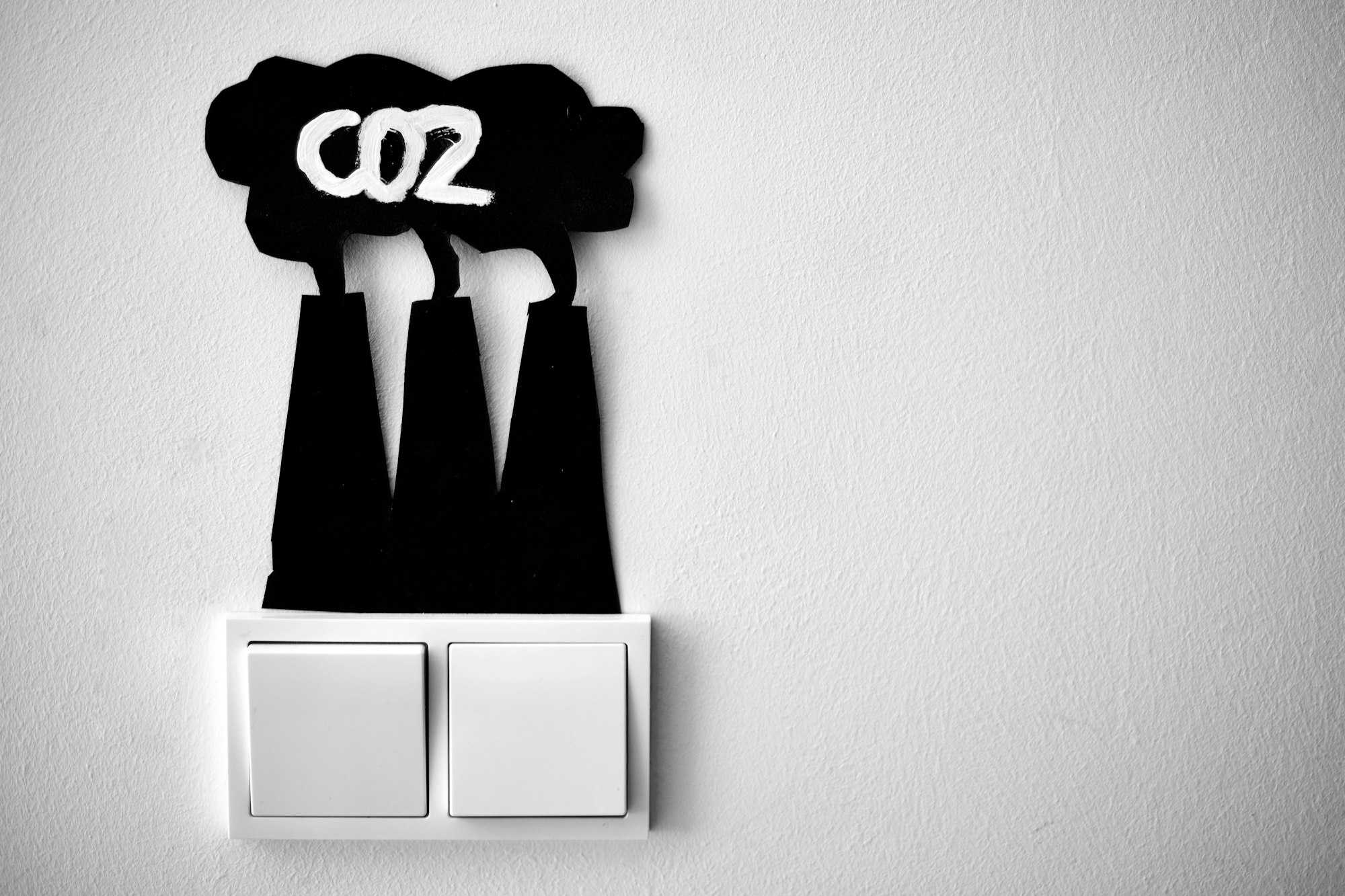Breaking News in Climate Mitigation: Unveiling the Contribution of CCU in the EU!
We are excited to announce that we just launched a first-of-a-kind quantitative assessment of the contribution of Carbon Capture and Utilisation (CCU) towards climate neutrality in the EU. By 2050, at least 20% of greenhouse gas (GHG) reduction from technologies will come from CCU, playing a significant role in steering us towards a sustainable future.
CCU represents a large set of technologies aiming at creating a circular carbon economy. It involves capturing carbon from flue gas or directly from the air, converting it into renewable fuels, chemicals, and materials, and ultimately substituting fossil carbon. We are on a mission to advocate for the “defossilisation” of sectors like chemical, materials, aviation, and maritime transport.
Recognised by the IPCC as a key contributor in climate mitigation for hard-to-abate sectors, CCU is an essential solution to reduce emissions where none or few alternatives exist.
A thorough two-year exercise, conducted in collaboration with international academic, industrial, technological, and economical experts on CCU, involved:
- identifying driving forces and key uncertainties related to CCU deployment
- developing future scenarios illustrating CCU’s potential
- creating an open access model, together with CLIMACT, offering quantitative insights into CCU’s role by 2050 in the EU.
Key Results are summarised below:
- By 2050, the EU will be able to capture at least 320 MtCO₂ mainly from biogenic, atmospheric, and process emission sources, and convert 55% of it into products, while the rest will be stored underground.
- CCU represents approx. 21% of the overall GHG emission reduction that can be achieved through technological solutions in the EU.
- By producing 30% of the chemicals, 18% of the fuels, 76% of ceramics, and 100% of prefab concrete, CCU will reduce EU industrial emissions by 20% in 2050. Using CCU fuels in the maritime and aviation sectors will reduce their emissions by 35 and 38%,
- CCU fuels will answer at least 13% of the EU primary energy demand by 2050
Want to learn more?
This exercise is the first stage of a continuous process to monitor and quantify the role of CCU in contributing to climate neutrality in the EU. One of the main results is the creation of CLIMACT 2050 PATHWAY EXPLORER FOR CCU, the first-of-a-kind, open-access CCU model to explore and put in context the contribution of the different CCU pathways in the EU.
To read the full report and have access to the model click here.



